Sea level in the IPCC 6th assessment report (AR6)
Real Climate
AUGUST 13, 2021
My top 3 impressions up-front: The sea level projections for the year 2100 have been adjusted upwards again. The IPCC gives more consideration to the large long-term sea-level rise beyond the year 2100. And here is the key sea-level graphic from the Summary for Policy Makers: Source: IPCC AR6, Figure SPM.8.


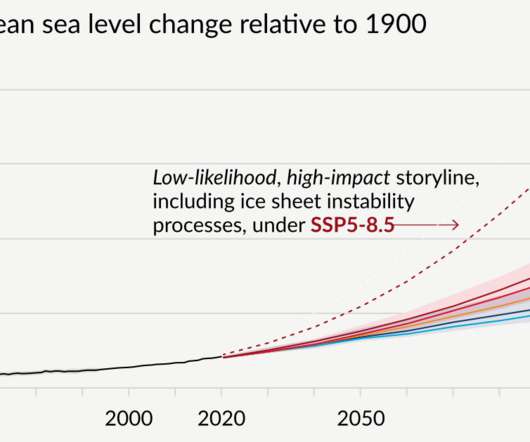
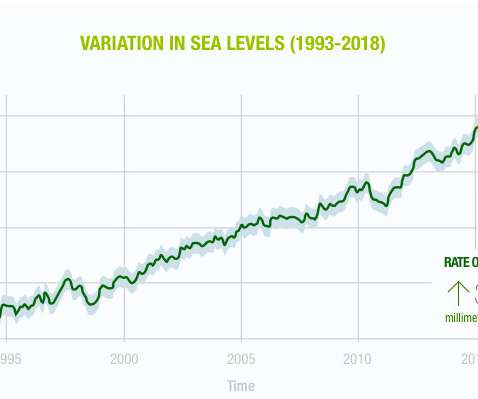
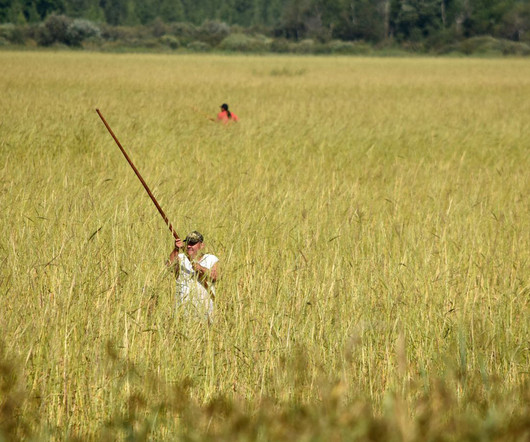
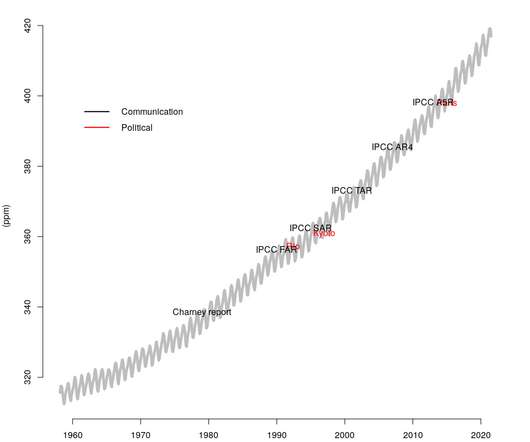
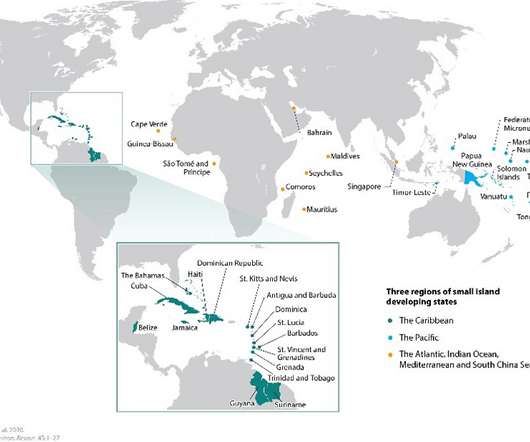






Let's personalize your content